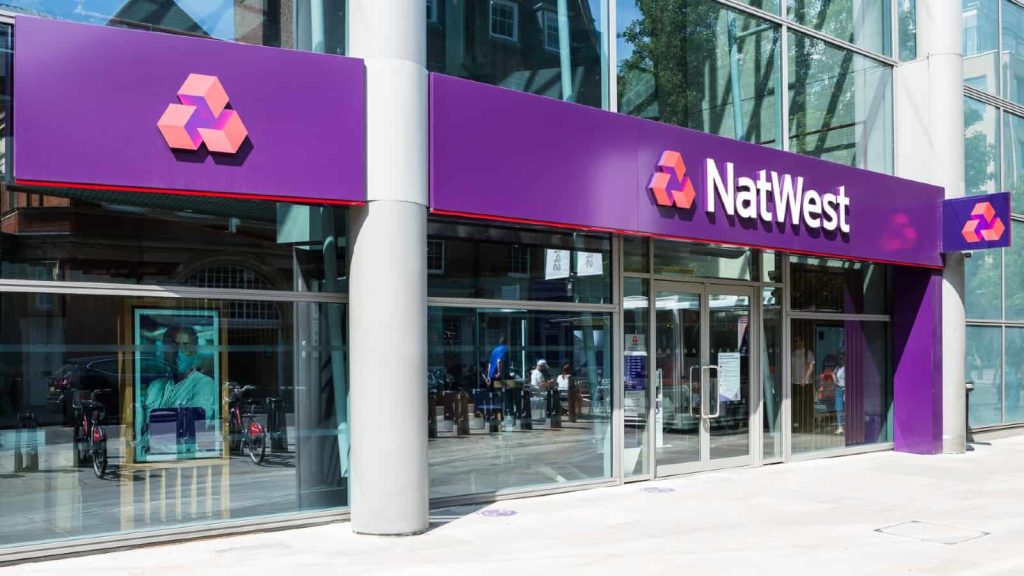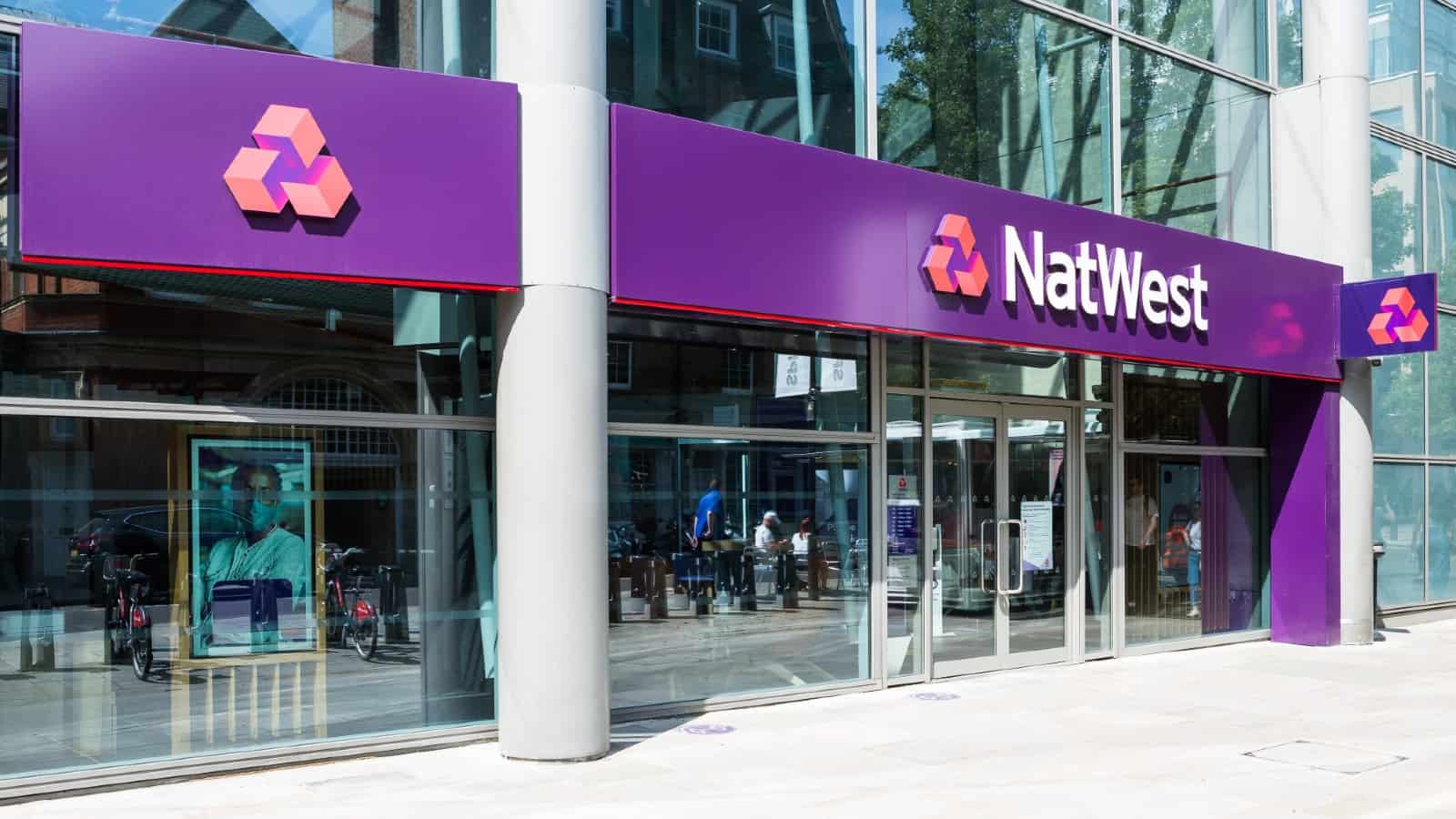If someone had invested £5,000 in NatWest shares a year ago, they would have made…


NatWest (LSE: NWG) shares have had a stellar run over the past year, rewarding shareholders with a 58% gain since August 2024. A combination of profit growth, privatisation, capital returns and structural change has helped drive that performance.
And itâs not just the capital gains that have made shareholders smile. The bank also pays a healthy dividend, averaging around 4.5% over the past year, making it a lucrative addition to many an income portfolio.
So what would an investment of £5,000 in August last year look like today? Accounting for both capital gains and dividends, a £5,000 investment would now be worth roughly £8,300. Thatâs a profit of £3,300 in just 12 months, equivalent to around £275 a month.
Annoyingly, I sold my shares last August. Ouch! But the real issue now is whether itâs too late to buy back in.
Impressive momentum
NatWestâs recent half-year results suggest the momentum may not be slowing. Attributable profit hit £2.5bn, with earnings per share up 28% year on year. Return on tangible equity (RoTE) reached 18.1%, significantly ahead of prior guidance. Efficiency also improved, with the cost-to-income ratio falling from 55.5% to 48.8%.
Shareholders were rewarded handsomely. The interim dividend rose from 6p to 9.5p per share, while management unveiled a £750m share buyback programme. Thatâs on top of the existing yield, already a draw for income-focused investors.
Fully private and forging ahead
One of the big milestones in 2025 was the bankâs return to full private ownership. In May, the government sold its final stake, ending nearly 17 years of state involvement following the financial crisis bailout.
This has lifted a lingering overhang on the shares. With the state out of the way, investor confidence has returned strongly — and thatâs been a big driver of the recent rally.
Beyond privatisation, NatWest has been busy reshaping its future. The acquisition of Sainsburyâs Bank has boosted customer numbers and deposits. Meanwhile, itâs investing heavily in digital transformation and even partnering with artificial intelligence players to modernise its services.
Another plus is its UK focus. By concentrating on retail and service-sector borrowers, it’s less exposed to global trade tensions and tariff disputes that trouble more internationally oriented banks.
Worth considering⦠with caution
Investors are rallying behind NatWest because itâs delivering strong profits, efficiency improvements, compelling shareholder returns and a clean reset post-privatisation.
Even with the recent growth, its valuation still looks undemanding, trading on a price-to-earnings (P/E) ratio of around 10. Analysts expect earnings to continue growing at roughly 10% a year, as theyâve done since 2021, and the average 12-month price target sits 6% higher than todayâs share price.
That said, the UK focus also carries risk. With most of its revenues tied to domestic lending, a slowdown in the UK economy, rising unemployment, or a housing market dip could quickly feed through into higher defaults and lower earnings.
Like all banks, NatWest’s also vulnerable to regulatory changes, particularly in areas such as consumer credit or high-cost lending. But overall, I think the bankâs well-executed turnaround, combined with a strong dividend policy, makes it worth considering as part of a diversified income portfolio.
I just wish I hadnât sold my shares last August.
The post If someone had invested £5,000 in NatWest shares a year ago, they would have made⦠appeared first on The Motley Fool UK.
Should you invest £1,000 in Rolls Royce right now?
When investing expert Mark Rogers has a stock tip, it can pay to listen. After all, the flagship Motley Fool Share Advisor newsletter he has run for nearly a decade has provided thousands of paying members with top stock recommendations from the UK and US markets.
And right now, Mark thinks there are 6 standout stocks that investors should consider buying. Want to see if Rolls Royce made the list?
More reading
- See how you could target a £1m SIPP starting with £25,000
- How much income can you generate from a £150,000 Stocks and Shares ISA?
- Here’s what a £10,000 investment in NatWest shares 5 years ago is now worth
- How much do you need in an ISA to target a £2,500 monthly income?
- After recording a 52-week high, is there any value left in the NatWest share price?
Mark Hartley has no position in any of the shares mentioned. The Motley Fool UK has recommended J Sainsbury Plc. Views expressed on the companies mentioned in this article are those of the writer and therefore may differ from the official recommendations we make in our subscription services such as Share Advisor, Hidden Winners and Pro. Here at The Motley Fool we believe that considering a diverse range of insights makes us better investors.





